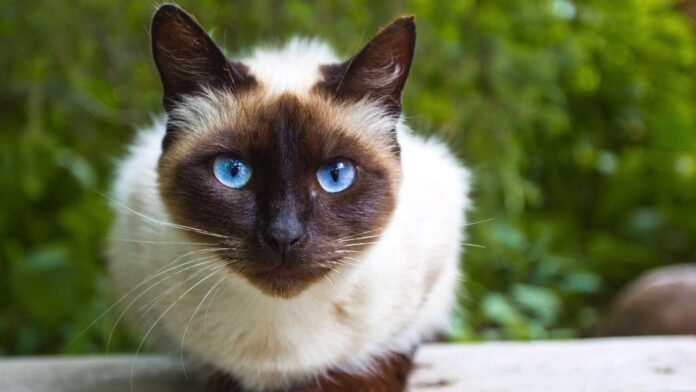Have you ever considered adopting a Siamese cat? These sophisticated felines are boasted for their intelligence, playfulness, affection, and sociable behavior. Their long necks, sea-blue eyes, and thin tales make them look mysterious, elegant, and chic.
Prior to adopting such a pet, one is expected to get familiar with its personality traits, as not all people can tolerate the raspy voice, clinginess, and curiosity of these creatures.
The following guide will introduce you to the types and colors, personality, diet, and health problems of this breed.
Types and colors
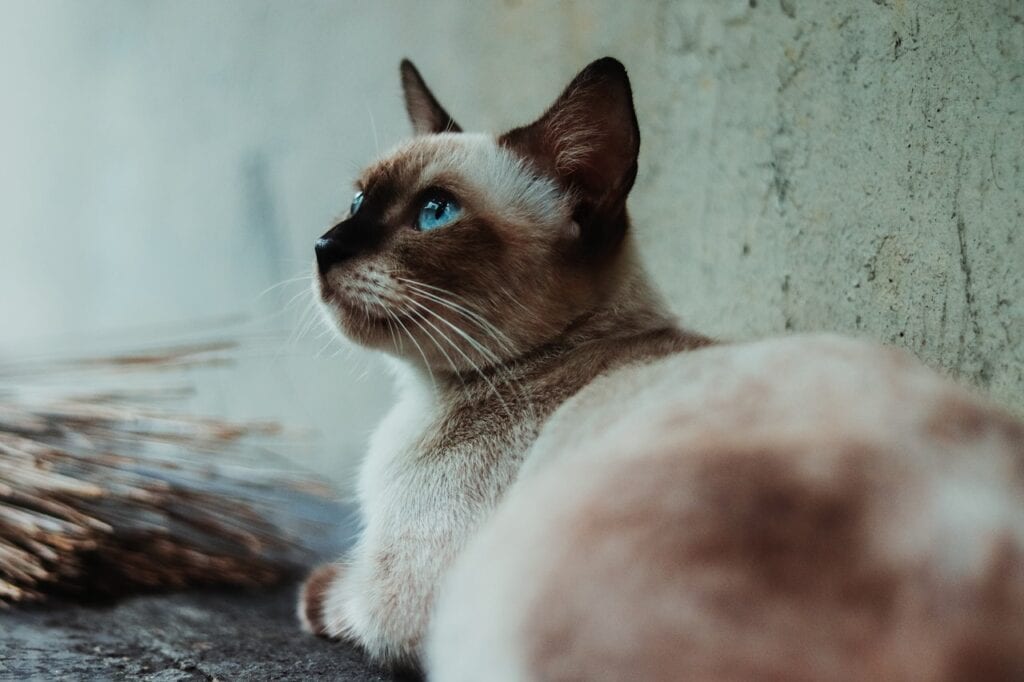
Even those who aren’t good connoisseurs of cats would recognize Siamese cats by their characteristic dark heads and light bodies, as well as elongated legs. These pets come in two types and several different colors. Still, some basic characteristics include a muscular body, a triangular head and pointed triangular ears, thin and long legs, small rounded paws, and a thin long tail.
According to the traditional association of cats, the traditional and classical species can be distinguished. The traditional type involves a cat with a round head, then a strong but stocky body, and the familiar light blue eyes. On the other hand, the classic type implies exactly the one you would think of first, an elongated body and leg, a triangular head, and a long tail. And of course, blue eyes.
The association has also defined 4 basic colors of these pets that are used in their recognition. Color determines them more closely.
Sealed point: This color describes a cat that has a body-color that varies from very pale to cream. Extremely brown tips can be noticed on the body, while the paws have something like pads on them.
chocolate point: This color was given this name for a reason, considering that the body has chocolate-colored spots. Some parts of the body are the color of cinnamon, and the pads on the paws are characteristic of the chocolate point as well.
Blue Point: In this case, light body color with blue tones is noticeable, while some grayish parts are also possible.
Lilac Point: Snow-white body skin with a pink nose.
Care
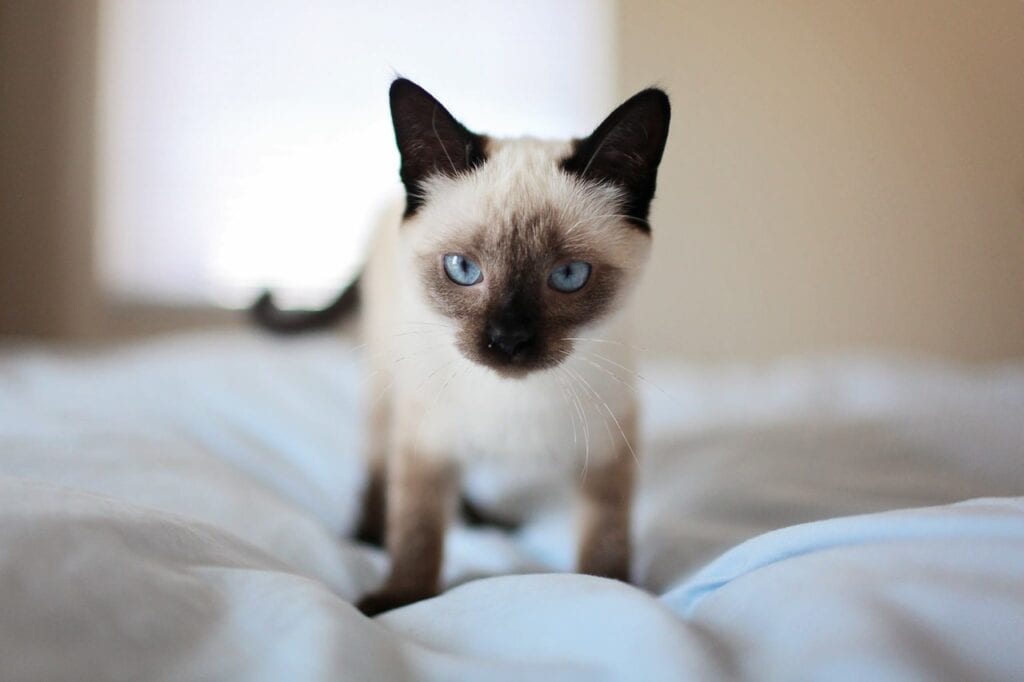
Like all other pets, these kittens require some care. Before you decide to buy a kitten, you should first find out how to take care of them and thus know if you have good conditions for it.
Fortunately, these animals have short hair so maintenance will not be a big problem for you. Simply brush her hair well once a week and avoid finding hairy balls in the corners of the room.
The next part of the body that requires regular maintenance are the claws. Actually, you will easily notice for yourself when they need to be shortened. Still, experts advise doing it every 10-15 days and it should become a routine for you. This is necessary to avoid getting scratched or torn furniture.
Maintaining these furry beauties also requires dental hygiene. You can brush their teeth daily on your own, or simply make an appointment with your veterinarian from time to time.
Care doesn’t include only hygienic maintenance, but also internal care of kittens. As mentioned earlier, these animals are known for hyperactivity and playfulness. To maintain these qualities of theirs, you must provide them with a source of entertainment in cases where it cannot be you. So get them the toys they need or provide them with a climbing tree. This is the only way to prevent depression in your kittens.
You will provide them with a longer lifespan if you keep them indoors more. This way you will avoid injuries from hail or some other infection.
Personality
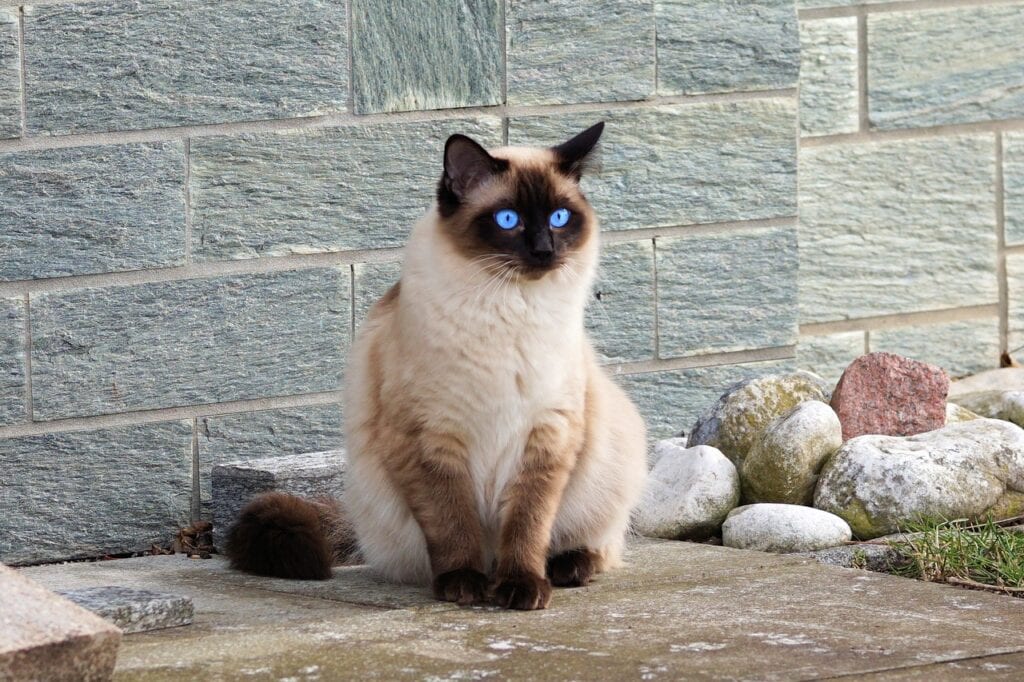
Being one of the oldest breeds of felines makes Siamese cats remarkably intelligent, highly sociable, surprisingly curious, and absolutely affectionate. This breed is undoubtedly one of the friendliest, as Siamese cats adore being in the company of humans. These blue-eyed creatures are incredibly affectionate, following their owners in every move and lying in their beds at night. Click here to learn seven fascinating facts about the mysterious Siamese cats.
What’s peculiar about the Siamese breed is the chattiness of these pets, expressing their needs in specific language owners fail to understand. Their high-pitch voice might drive you insane since they don’t stop “chatting” while walking behind their adopters. Conversely, lonely people find their talkative nature appealing, as they need someone to communicate with during the day.
Moreover, the members of this breed are highly intelligent, hence requiring different forms of engagement in order to be entertained. You should consider investing in puzzle toys, a cat tree, or a scratching post, as these pets need both physical and mental stimulation. When feeling bored, they look for a form of entertainment on their own by making a mess out of one’s house.
The affectionate nature of Siamese cats can easily turn into over-bonding and trigger the development of separation anxiety. These short-coated creatures become obsessed with their owners and engage in destructive behavior the minute they leave the house. Therefore, adopting two Siamese kittens instead of one is an effective way of preventing separation anxiety.
Diet
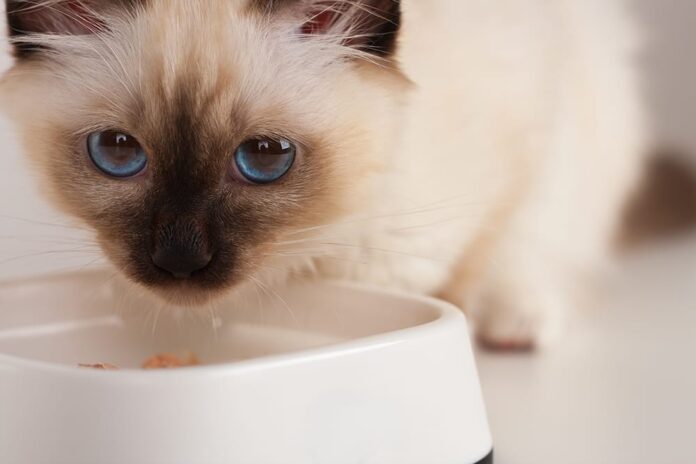
In terms of diet requirements, the Siamese isn’t much different from the rest of the feline breeds. It’s important for pet parents to feed their companion with both dry and wet food. There are countless online stores, such as Holistapet, selling CBD salmon-flavored cat treats, free of gluten, and preservatives. Feeding your feline friend such treats is beneficial for its overall health and wellness.
Make sure your Siamese companion is provided with a bowl of fresh water at all times, as water that tastes stale isn’t exactly felines’ cup of tea. These elegant creatures should be fed two moderate meals per day in order to prevent overeating. As the pet advances in age, the diet requirements are best discussed with a veterinarian.
Health problems
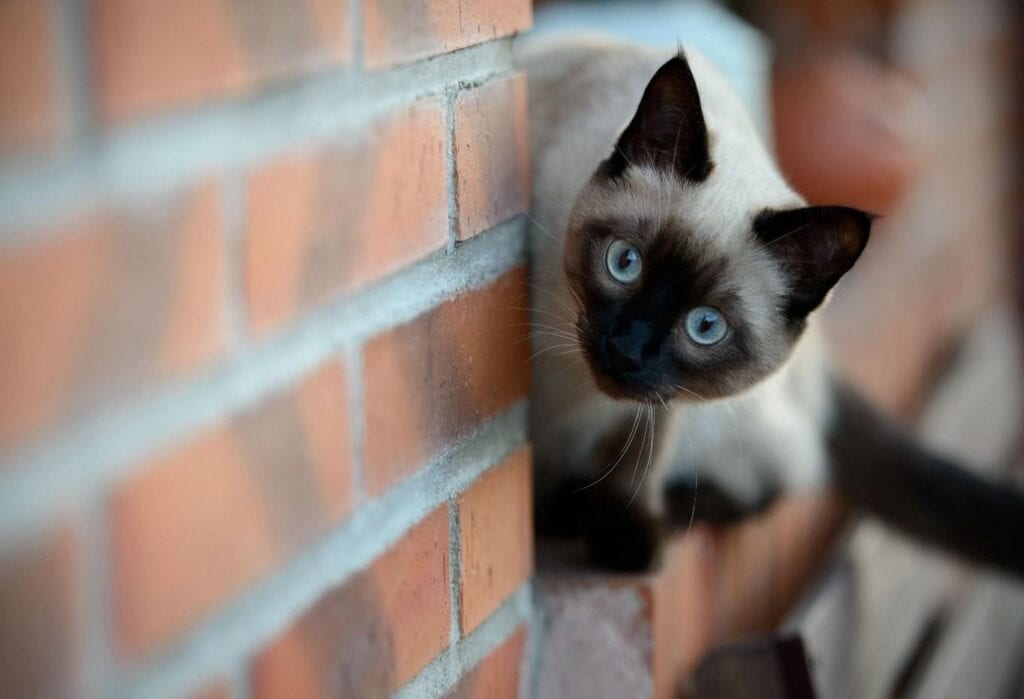
Siamese cats are genetically predisposed to develop an eye condition such as progressive retinal atrophy, which causes continuous deterioration of the retina. In the course of the early stages, they lose the ability to see at night, followed by a loss of day vision in the more advanced stages. Nevertheless, these felines are capable of coping with the loss of vision by experiencing no changes in the environment where they live.
Furthermore, these cats are susceptible to experiencing various heart defects like hypertrophic cardiomyopathy and subvalvular aortic stenosis. The former is known to result in heart failure, while the latter generally manifests with fainting.
Amyloidosis is another common health condition in this breed of felines, triggered by the abnormal presence of amyloid protein in the organs, mainly in the liver. When suffering from such a health issue, felines become lethargic, lose appetite, urinate more frequently, lose weight, vomit, experience constant thirstiness, etc. Check out this URL, https://www.petmd.com/cat/conditions/endocrine/c_ct_hepatic_amyloidosis, for more information about the symptoms, types, and causes of hepatic amyloidosis in felines.
The Siamese breed has a genetic predisposition to developing the vestibular disease and respiratory problems. The former disease has an influence on the inner part of the ear, making pets feel dizzy. Regarding respiratory disease, the specific shape of their heads is what makes these cats prone to experiencing asthma.
Bottom line
If looking for a quiet feline, the Siamese isn’t the right choice for you.
This breed anything but silent and tranquil!

